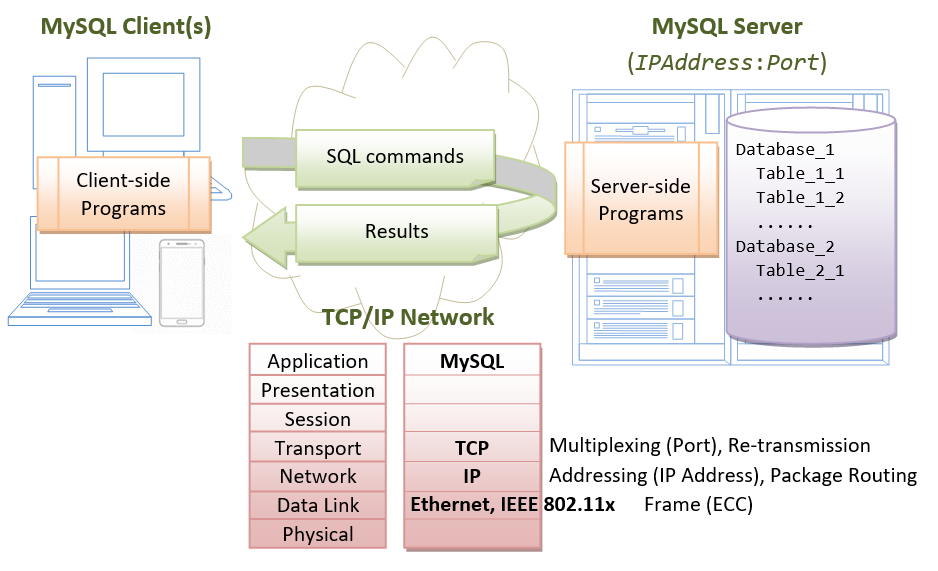

- Clean install mysql mac os x how to#
- Clean install mysql mac os x update#
- Clean install mysql mac os x pro#
- Clean install mysql mac os x software#
- Clean install mysql mac os x password#
Some systems may have Cache directories such as /Library/Caches/ on Mac OS X. Version info: CRMPiccos-MacBook:log crmpicco$ mysql -version Its features can be extended with thousands of free plugins and themes. uninstall gcloud CLI using the OS package manager.
Clean install mysql mac os x password#
=> Successfully started `mysql` (label: ) ./mysql Ver 14.14 Distrib 5.1.44, for apple-darwin8.11.1 (i386) using EditLine wrapper UPDATE: Moreover, if you want to find where does mysql installed in system, use the following command: type -a mysql type -a is an equivalent of tclsh built-in command where in OS X bash shell. Install MySQL Allow remote access Start the MySQL service Launch at reboot Configure interfaces Start the mysql shell Set the root password View users. When I start MySQL with homebrew I get no error: CRMPiccos-MacBook:~ crmpicco$ brew services start mysql To launch MySQL Workbench on Mac OS X, simply open the Applications folder in the Finder, then double-click MySQL Workbench.
Clean install mysql mac os x update#
For Mathematica afficionados : dont forget that Mathematica can connect (but you need to update to mysql-connector-java-3.1.10-bin.jar) to mysql databases, manages queries and handles datas. This is how I initialised MySQL: mysqld -initialize -verbose -user=`whoami` -basedir="$(brew -prefix mysql)" -datadir=/usr/local/var/mysql dmg Take care to download the right version for your OSX 10.x Easy install. Please read through the entire User Tip before starting.
Clean install mysql mac os x how to#
To use this method, you 'to open a Terminal window. This User Tip describes how to download, install, and setup MySQL for use on macOS.
Clean install mysql mac os x software#
It will tell you it has to determine if the software it contains can be installed. r or -remove remove everything except conffiles. Double-click the downloaded DMG file to open a wizard-like installer. Following is the description of the option from man dpkg command-r, -remove, -P, -purge package.-a-pending Remove an installed package. Compressed TAR archive, which uses a file packaged using the Unix tar and gzip commands. On the 'mysqlinstalldb' command, there needs to be a space between the 'whoami' and the '-basedir' - for me it was a cut&paste gotcha.Otherwise, this was a great help in removing a munged installation, because the filesystem locations seem to be different for each Mac OS and this is the only one I found for Mavericks that pointed me to /usr/local/var/mysql, where all the 'bad' stuff was hiding. dpkg -P package should purge the package entirely including configuration files. The user you use to perform the installation must have administrator privileges. T13:36:28.563492Z 0 unknown variable 'key_buffer=16M' You can use the package installer with macOS. I had to create a var/log/mysql/error.log as it wasn't created automatically, however now it is logging I get the following error when I do a rver start: T13:36:28.554840Z 0 Can't open the ugin table. I had a previous (non-functioning) install of MySQL so I followed the steps here to install a clean copy with Homebrew. I often install other software not listed here, but is handled in a case-by-case basis.I am attempting to install MySQL on macOS Sierra 10.12.5.

To uninstall, you must enter your macOS user.

Clean install mysql mac os x pro#
The software selected is software that is "tried and true" - software I need after any fresh install. Uninstalling MAMP PRO From the main menu go to MAMP PRO > Uninstall MAMP PRO to start the uninstall process. I use this gist to keep track of the important software and steps required to have a functioning system after a semi-annual fresh install. It will notice that you don't have a file and will show you default values. Copy the location it gives you for the my.cnf file. Custom recipe to get OS X 10.9 Mavericks running from scratch, setup applications and developer environment. Select macOS as System Type, macOS as Installation Type, and the rest will default into place.


 0 kommentar(er)
0 kommentar(er)
